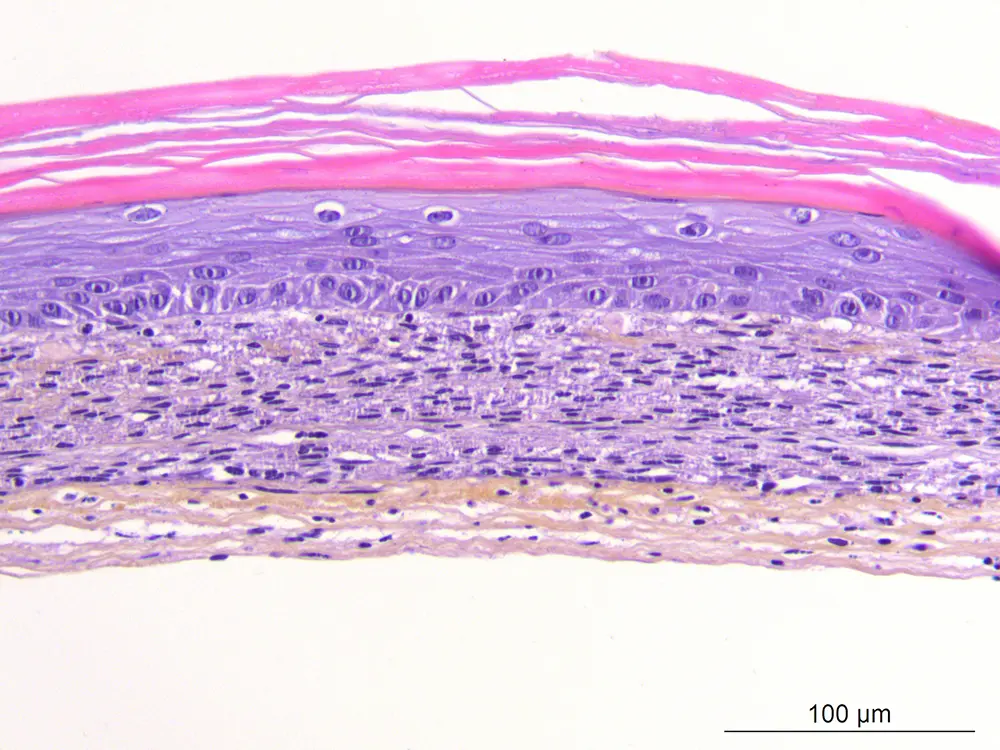Sara carried out her research in the IDeAS team at the Softmat laboratory.
On 17th December, she defended her thesis entitled: “Cellular and tissue responses of human skin to the application of an external electroporation-type electric field”
Skin cells are naturally electrosensitive, due to the existence of an endogenous transepithelial electrical potential. The application of a pulsed exogenous electric field is used in human and veterinary clinics for the local treatment of skin cancers (electrochemotherapy) and for gene transfer (gene electrotransfer). Clinicians have observed aesthetic and functional scarring at the sites treated with electrochemotherapy, which patients themselves have confirmed. In addition, in the context of gene electrotransfer, it has already been shown that the electric field applied alone, without transfer of therapeutic gene, significantly improves wound healing in animals.
The hypothesis of this thesis project is therefore that the electric field alone, applied during electrochemotherapy and gene electrotransfer, can affect the behaviour of skin cells, modulate extracellular matrix remodelling by fibroblasts, promote angiogenesis, and stimulate keratinocytes migration and differentiation. Thus, the objectives of this work were to understand, visualize and quantify the responses of skin cells following the application of an external electroporation-type electric field. The tissue-engineered human skin substitute model was used to perform a multiscale analysis of electro-induced processes.

histological staining of artificial human skin observed with an optical microscope © Sara Gouardères & Novotec
The results obtained show that electroporation-type electric fields can promote collagens remodelling both by a transient decrease in their production and their maturation, and by an increased degradation thanks to a long-lasting ROS-dependent over-activation of MMPs.
In addition, the secretome of electroporated dermal fibroblasts promotes endothelial cells migration and vascular networks formation in vitro.
Highlight of the thesis:
- Sara co-authored an article published in the Journal of Investigative Dermatology, that led to a national press release.
Congratulations to Sara for the quality of her work!
